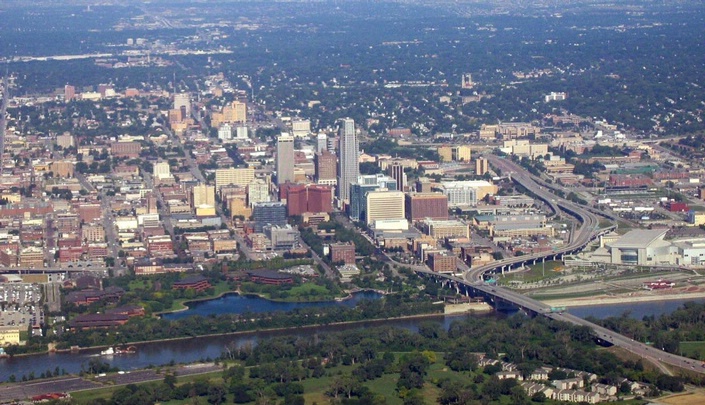The Omaha Community Foundation (OCF) has been helping charitable giving increase local impact. Most people are familiar with OCF’s “Omaha Gives!” event, and they follow local nonprofits as well as philanthropists to determine the needs of the community and then help others to give where it’s needed.
To increase that effect across the greater Omaha metro area, they have created The Landscape.
The Landscape is a data driven look at several aspects of our lives. While there are many great things to celebrate, and the Landscape shows those successes, it also can help to determine what we need to do better. In order for the areas of Douglas/Sarpy/Pottawattamie counties to succeed, we must put resources where they are most needed. This ensures that everyone benefits, regardless of who they are or where they live.
Information is currently available in four key areas: Health, Transportation, Neighborhoods, and Safety, with two more — Education and Workforce — to follow soon. They also expect to explore the arts, environment, economy and civic engagement.
Scores of community-level data allow us to look at individual snapshots and relate them to real people in our community. The website is easy to navigate, and allows users to dig deeper into the data to learn what is taking place in our community and compare it with national trends.
Interested in health? There’s information about health care, access to healthy food, obesity, STDs, trauma, behavior, and hunger. Did you know that job and school performance can be related to hunger? That we have a high concentration of food deserts? This can lead to a variety of health issues . . . and the connections continue.
If you are like me, seeing the data is necessary, but then I need to know how to get involved. There are several ways you can get involved and the site includes an Action Kit that provides concrete ways for you to, well, take action. It can help you find local nonprofits to support with time or money.
As OCF President/CEO Sara Boyd noted in an Omaha World-Herald article, “. . . it’s not just data, it’s people. It’s our people. It’s a launching pad for increased visibility, understanding, cross-sector coordination, action, and accountability on key community issues that have long existed but have not often surfaced with the persistence of attention we need to maintain focus and to amplify and activate champions for change.”
